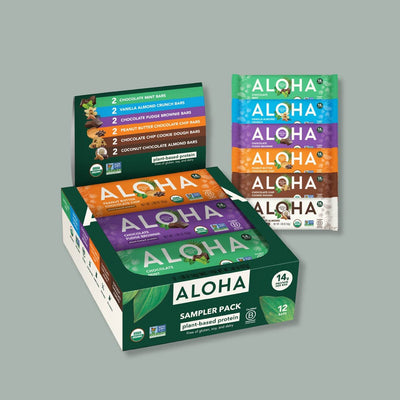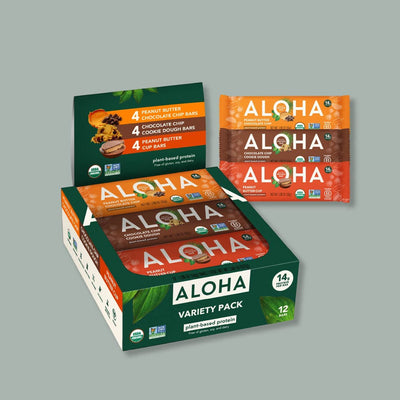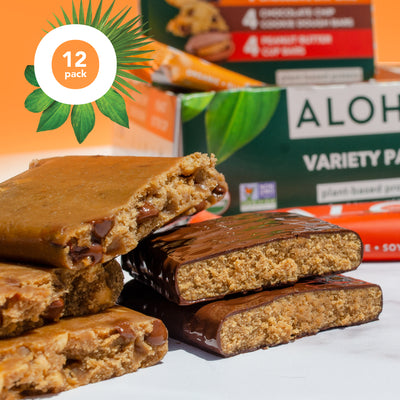By Ginny Dorn, NASM-certified nutrition coach
You might be surprised to hear that community is nearly as important to your well-being as a healthy diet and daily movement. Scientific research has shown that community, and the sense of belonging it provides, is critical for our mental and physical health.
Imagine if building interpersonal relationships gave you the same benefit as a green smoothie - that’s not too far off from the truth! Read on to find out how community impacts health, as well as how to cultivate community in your own life.
What Is Community?
Before we dive in, let’s level set. What is community, anyway? Although you may think the term “community” means those in your neighborhood or city, it's actually a bit broader. Community can refer to any distinct social group that impacts and influences your life. In this way, it can be environmental as well as relational.
For example, you may be part of a community of fans of a certain sports team. Although you aren’t all in the same location, you and the other fans share the same feeling of pride in your team and a sense of belonging with each other. Community is truly about sharing a story with other people, to the point where the story defines your identity to some degree.

How Your Sense of Belonging Impacts Your Health
You likely learned about Maslow’s hierarchy of needs in school. The psychology theory places human needs on a pyramid. We must first meet the foundational needs at the bottom of the pyramid before we aim to fulfill those higher up. Maslow notes the importance of love and belonging, placing it in the middle of the pyramid, after basics like personal security, air, and food.
Our need for interpersonal relationships isn’t just a theory. In studies, researchers have found that people who lack social support and experience a lot of social conflicts may be at a higher risk of getting sick than those who have social support. The variety of your relationships matters, too. There’s evidence that people who have more diverse relationships may live longer, with better mental and physical health, than people who have fewer social ties. According to the research, a network of relationships may help lower stress, improve your body’s ability to fight germs, reduce heart-related health risks, and even influence you to drink or smoke less.

Of course, your community can also help you feel safe and cared for. According to neuroscientist Matthew Lieberman, our brains are wired to seek out a sense of belonging. He notes that the human brain, over millions of years of evolution, has become dependent on social connection. To the brain, interpersonal relationships equal survival.
To take this one step further, let’s also note that a sense of belonging is more than just relating to your chosen community. It’s not conforming to the group - rather, belonging relates to how you can interact with a community as your true self. And, studies show that when you feel authentically yourself, you experience greater well-being and better self-esteem. Ultimately, this leads to meeting your self-actualization needs and finding a sense of purpose and meaning in your everyday life.
How to Join a Community
There are different levels of community. In the world of community psychology, these are:
Individuals: People who interact with a community.
Microsystems: Intimate groups of people, like family, friends, classmates, and coworkers.
Localities: Geographically close groups like neighborhoods, towns, cities, regions, and more.
Macrosystems: The broadest groups, like cultures, belief systems, societies, governments, and social movements.

While there are so many types of communities, it can still feel difficult to figure out how to actually join and participate in one. While microsystems often compel you to form a bond because of the sheer amount of time spent together, other communities require a bit more effort. Consider trying the following:
- Identify your hobbies and interests, then join groups (online or in person) centered around those interests.
- Try out group fitness.
- Ask family or friends to take you to their group outings.
- Join a book club.
- Use an app like Meetup to find social groups with similar interests or ideas.
- Attend a place of worship (if you’re religiously or spiritually inclined).
- Join a volunteer group.
- Sign up for a local sports league.
How to Build a Community
Beyond joining an existing community, you can always take the initiative to start your own. Don’t see any book clubs that cater to your favorite genre? Create one! No luck finding a group in your area that’s just for knitting? Make your own and invite others to join.
Here are a few more ideas for how to build a community:
- Start a clothing swap and host seasonal parties. Tell your friends to invite their friends, and so on.
- Host a block party to connect with other locals.
- Organize a skill swap where you and other folks teach each other new skills.
- Create a toy swap for nearby parents.
- Start a food-sharing club, whether that’s to give food to those in need to share recipes with each other.

Although it does take some time and effort, getting involved in your community can provide a sense of belonging, as well as a sense of purpose. It builds up your interpersonal relationships and even has positive effects on your overall well-being.
Ready to begin building community in your own life? You can start today by joining fellow plant-based protein lovers by choosing from ALOHA's wide variety of organic protein bar flavors!












